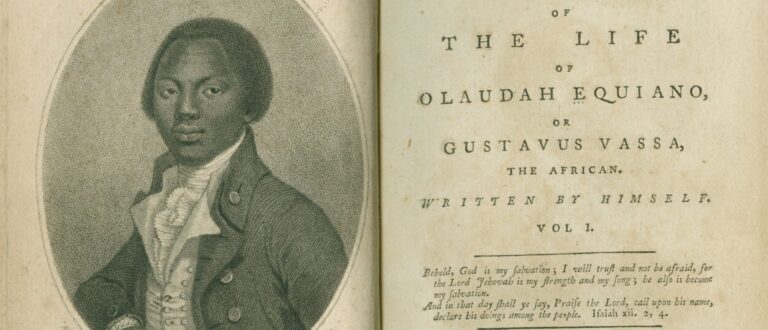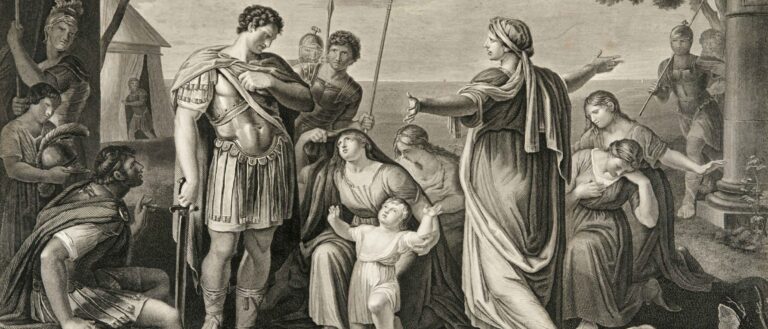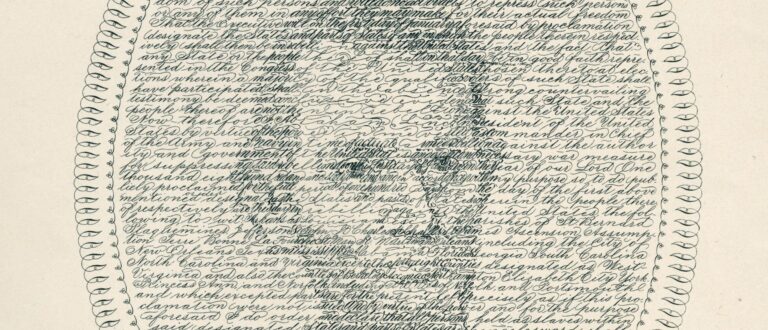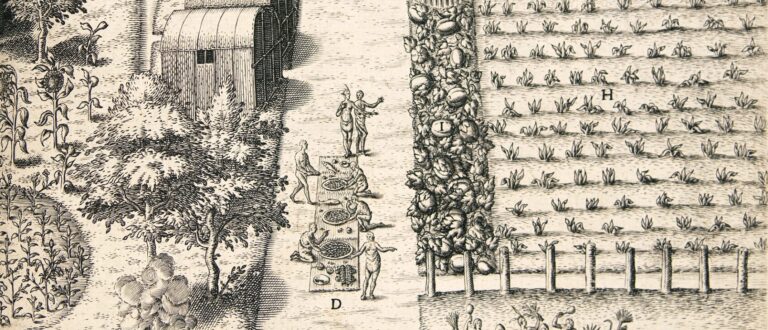
What role has immigration played in the formation of America’s national identity and ideals? How have Americans understood and debated the social effects of immigration? How have immigrants portrayed their experiences and contributed to these debates themselves?

What arguments did eighteenth-century writers make about the slave trade? How are these arguments based in understandings of African civilization? How does Olaudah Equiano contribute to these debates?

What is the context for Shakespeare’s Roman plays? What were his sources? Why did classical Rome capture the interest of people in Renaissance England?

In 1870, three-quarters of the United States lived in rural areas; by 1920, over half the nation lived in cities. How, if at all, did religious communities change their inherited traditions in the midst of new surroundings?

What were Lincoln's arguments against slavery? What distinctions did Lincoln and other white Northerners draw between ending the institution of slavery, saving the Union, and achieving racial equality? What feelings and concerns did writers and artists—both white and African American—express about the consequences of emancipation?

How did Renaissance writers define the family? What were the obligations of family members to one another? What threats to the family did writers perceive?

What reasons do writers and politicians give for protesting the authority of the federal government? Why do they perceive the State as a threat? How has anti-statist thought changed over time?

What were Western Christian religious beliefs, political relationships, and personal values during the Middle Ages? How did the motives, organization, and effects of the Crusades change over time? How have writers from the eleventh century on criticized the Crusaders’ goals and actions?

What is the historical and literary context for Shakespeare’s representation of Prospero’s island and its inhabitants? How did Renaissance writers and artists portray the European exploration of the Americas? How did that exploration inspire their visions of an ideal society?

How have writers and artists portrayed the city of Chicago? How did they respond to the city’s changing population and character during the nineteenth and twentieth centuries?












